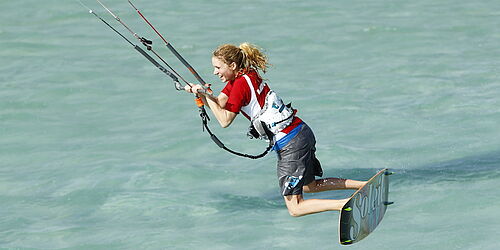Marketing/analysis cookies are used to create target group-oriented advertising by collecting information about the user and to optimise the website.
Provider: Meta Platforms, Inc.
Cookie name: _fbp
Headquarters: 1600 Amphitheatre Parkway, Mountain View, California, USA
Purpose: Display of products from third party advertisers.
Lifetime: 3 months
Privacy
Provider: Microsoft Corporation
Headquarters: One Microsoft Way, Redmond, WA 98052, USA
Purpose: Analysis and evaluation of user behaviour on the website using Microsoft Clarity software.
Privacy
